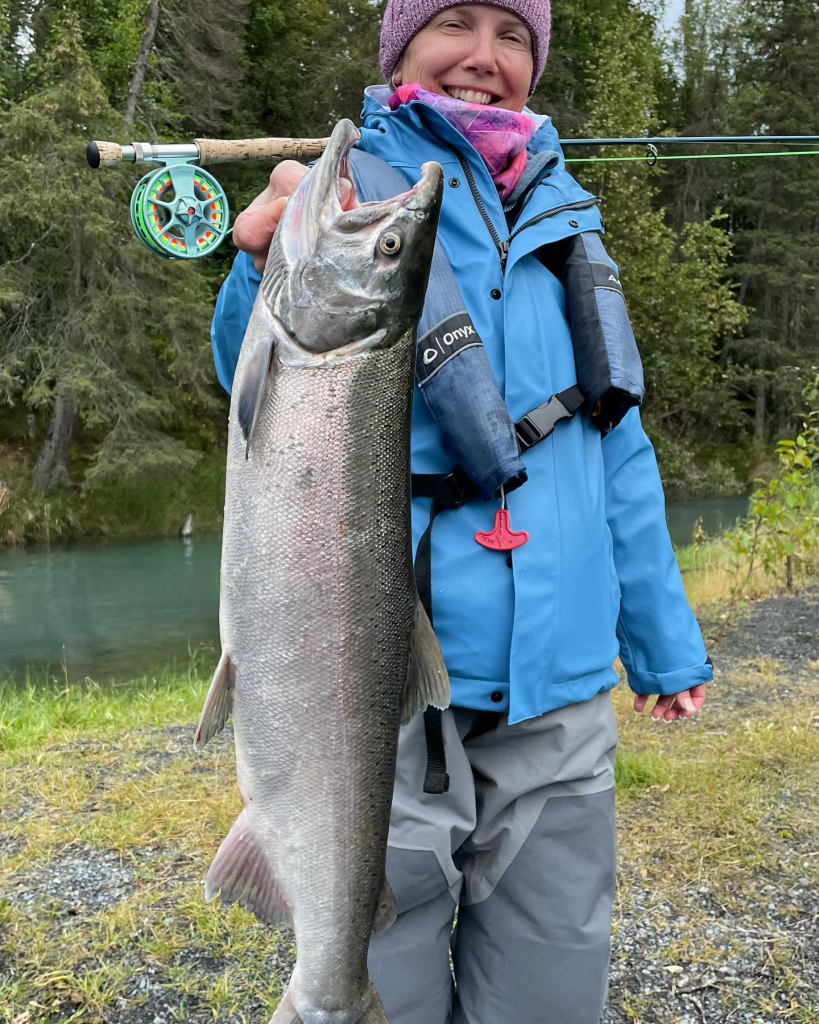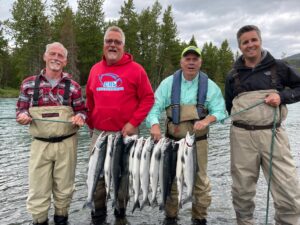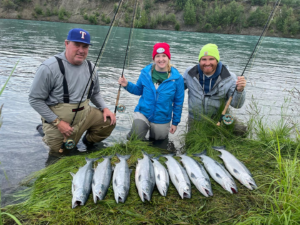Nestled in the heart of Alaska, the Kenai River is a premier destination for anglers seeking the thrill of catching sockeye and silver salmon. However, with great fishing opportunities comes the responsibility of preserving the river’s delicate ecosystem. Sustainable fishing practices are crucial to maintaining the Kenai River’s abundant fisheries, ensuring that future generations can continue to enjoy this natural treasure.
In this blog, we’ll explore the principles of sustainable fishing practices, focusing on how to responsibly enjoy sockeye and silver salmon fishing while prioritizing conservation.
Understanding Sustainable Fishing Practices:
Sustainable fishing practices are methods designed to minimize the environmental impact of fishing activities. These practices ensure that fish populations remain healthy and their habitats are preserved. On the Kenai River, sustainable fishing is particularly important due to the river’s significant role in supporting the local ecosystem and economy.
The Importance of Catch and Release:
One of the most effective sustainable fishing practices is catch and release. This technique involves catching fish and then carefully returning them to the water. For sockeye and silver salmon, catch and release is essential for maintaining their populations. According to the Alaska Department of Fish and Game, the Kenai River supports some of the largest salmon runs in the world, with an estimated 1.5 million sockeye salmon returning each year. Practicing catch and release helps ensure these numbers remain robust.
When practicing catch and release, it’s important to handle the fish gently. Using barbless hooks can make releasing fish easier and less stressful for them. Additionally, wetting your hands before touching the fish helps protect their sensitive skin and slime coat, which are vital for their health.
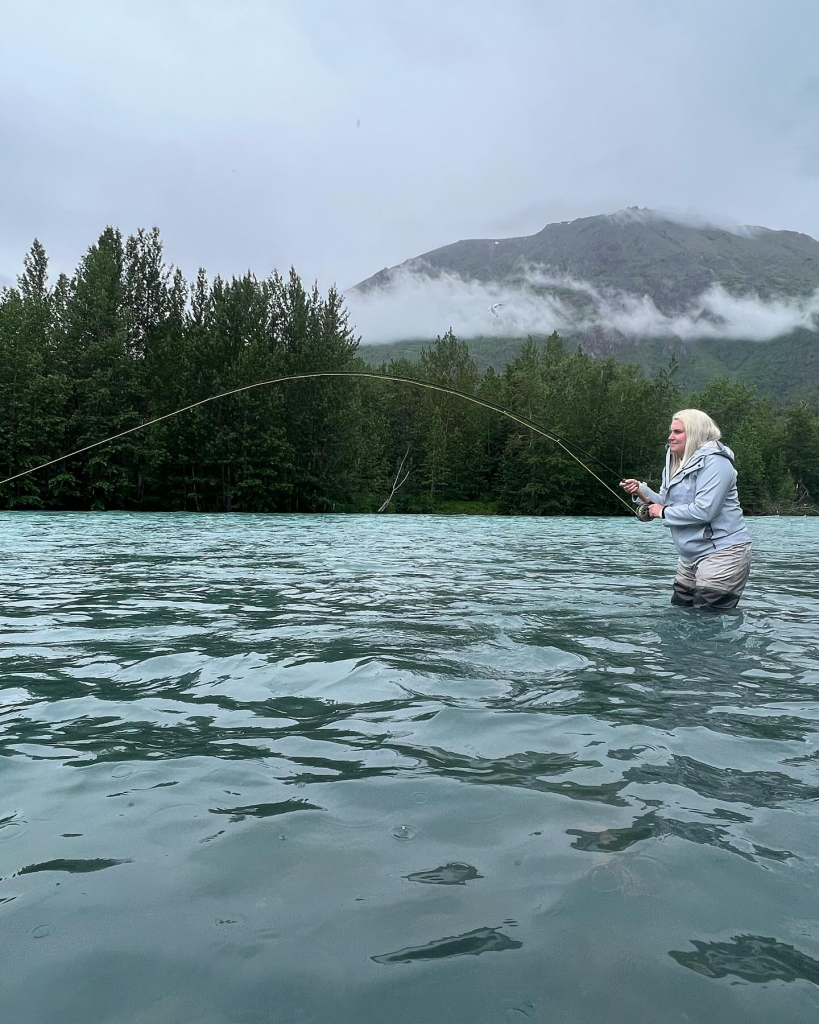
Kenai River Fishing Trips: A Responsible Adventure:
For those planning Kenai River fishing trips, engaging in sustainable fishing practices enhances the experience while contributing to conservation efforts. Whether you’re an experienced angler or a novice, guided fishing trips in the Kenai River can provide valuable knowledge and skills for sustainable fishing. Experienced guides are well-versed in the best practices for catch and release and can help you navigate the river’s unique fishing conditions.
The Role of Fly Fishing Guides:
Fly fishing is a popular method for salmon fishing in the Kenai River. Fly fishing guides play a crucial role in promoting sustainable fishing practices. These guides teach anglers how to use the appropriate gear, handle fish correctly, and respect fishing regulations. They also emphasize the importance of preserving fish habitats and reducing the environmental footprint of fishing activities.
In recent years, there has been a growing emphasis on using eco-friendly tackle and gear. Many fly fishing guides now recommend using biodegradable fishing lines and lead-free weights to minimize pollution in the river. These small changes can have a significant impact on the overall health of the ecosystem.
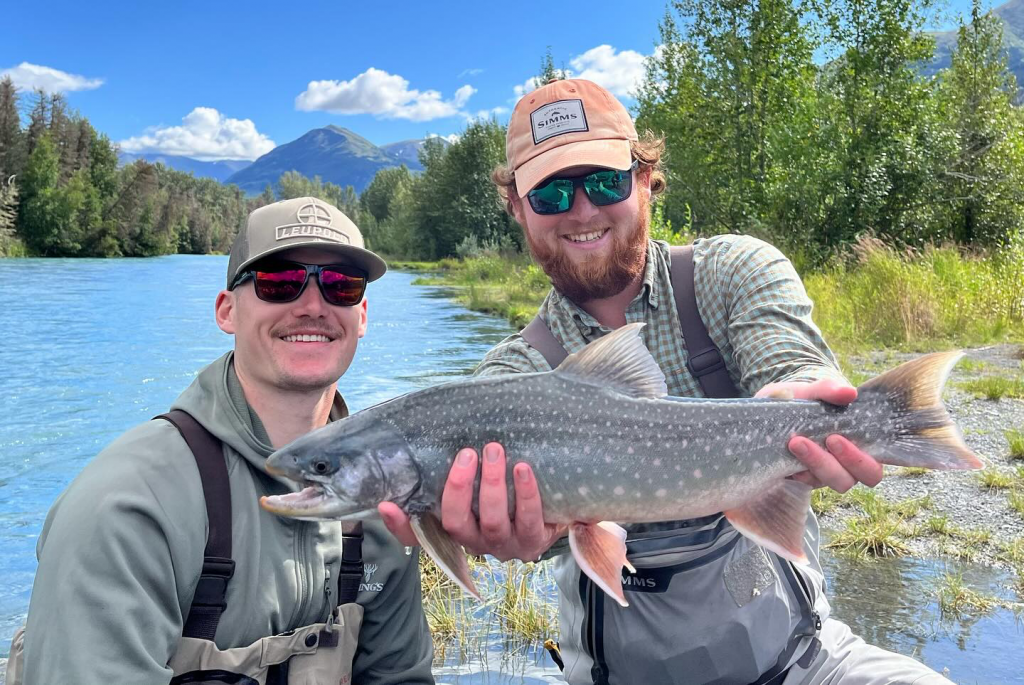
The Economic and Environmental Impact:
Sustainable fishing practices not only benefit the environment but also have a positive economic impact. The Kenai River’s salmon fisheries are a major draw for tourists, supporting local businesses and providing jobs. According to a report by the Kenai Peninsula Economic Development District, tourism related to salmon fishing generates millions of dollars annually for the local economy.
However, overfishing and habitat destruction pose significant threats to this valuable resource. By adhering to sustainable fishing practices, anglers help ensure the long-term viability of the Kenai River’s fisheries. This, in turn, supports the local economy and preserves the river’s natural beauty.
Engaging in Responsible Fishing:
To engage in responsible fishing on the Kenai River, it’s important to stay informed about current fishing regulations. The Alaska Department of Fish and Game regularly updates guidelines to reflect the health of fish populations and the condition of the river. Anglers should familiarize themselves with these regulations and adhere to them strictly.
Using appropriate gear is another key aspect of sustainable fishing. High-quality, durable gear reduces the likelihood of losing equipment in the river, which can harm fish and other wildlife. Additionally, practicing good boatmanship—such as avoiding shallow areas where salmon spawn—helps protect critical habitats.
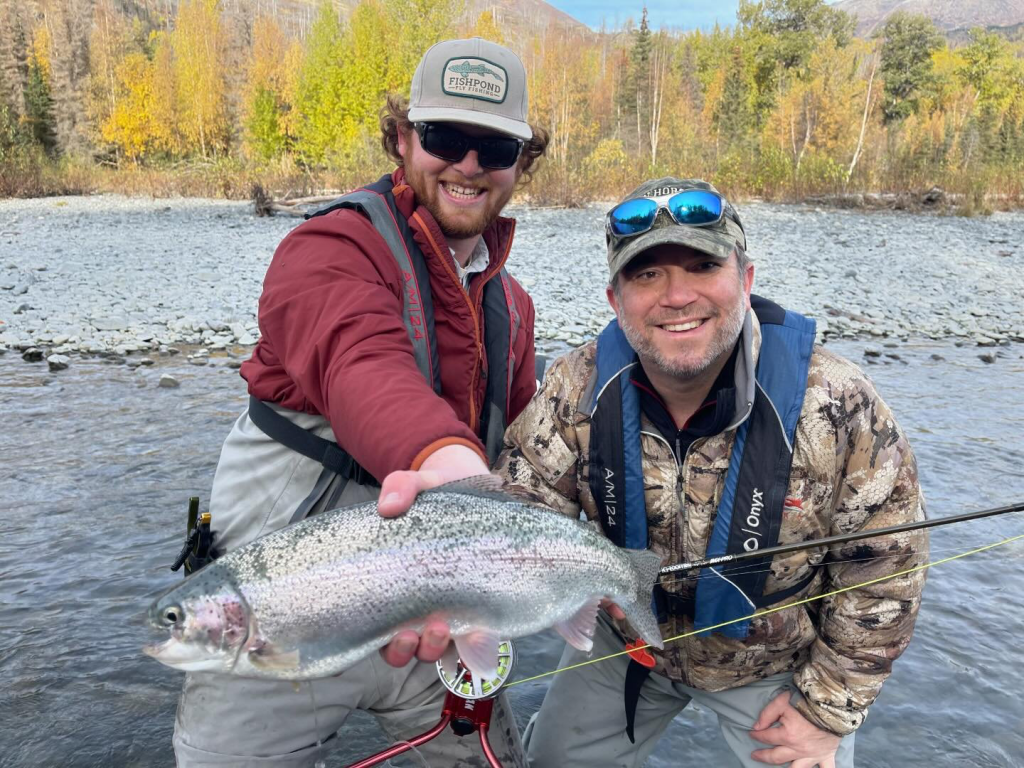
The Future of Kenai River Fisheries:
The future of the Kenai River’s fisheries depends on our commitment to sustainable fishing practices. By practicing catch and release, using eco-friendly gear, and respecting fishing regulations, anglers can enjoy the thrill of salmon fishing while ensuring that these magnificent fish continue to thrive. The Kenai River offers unparalleled fishing experiences, and with mindful practices, it will remain a cherished destination for generations to come.
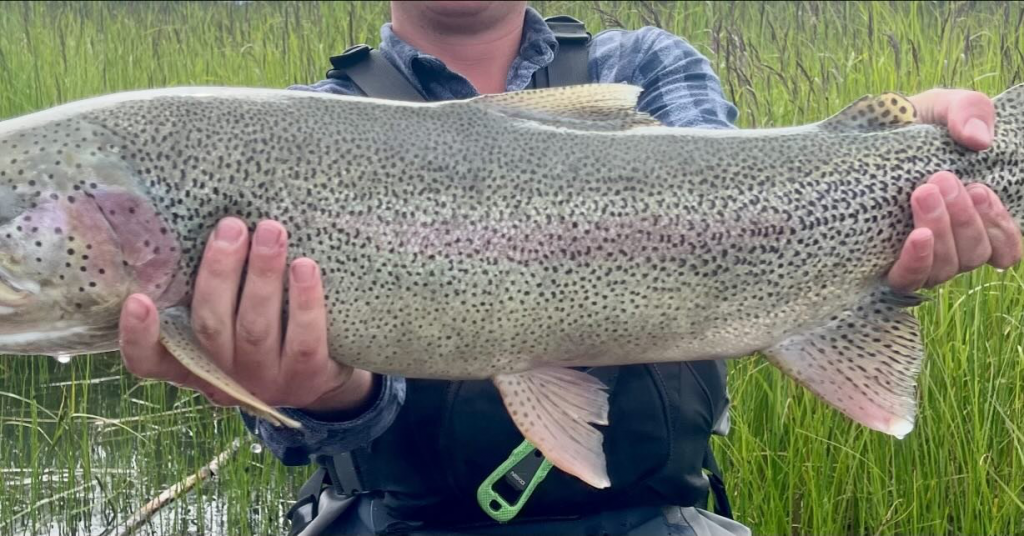
Choose Jason’s Guide Service for a Sustainable Fishing Experience:
For an unforgettable and responsible fishing adventure on the Kenai River, consider booking with Jason’s Guide Service. We offer expert guidance on Kenai River fishing trips, including salmon fishing in Cooper Landing. Jason’s team is dedicated to promoting sustainable fishing practices. With experienced fly fishing guides and a commitment to conservation, we ensure that your fishing trip is both enjoyable and eco-friendly.
Contact us today to plan your unforgettable and sustainable Alaskan fishing adventure.

